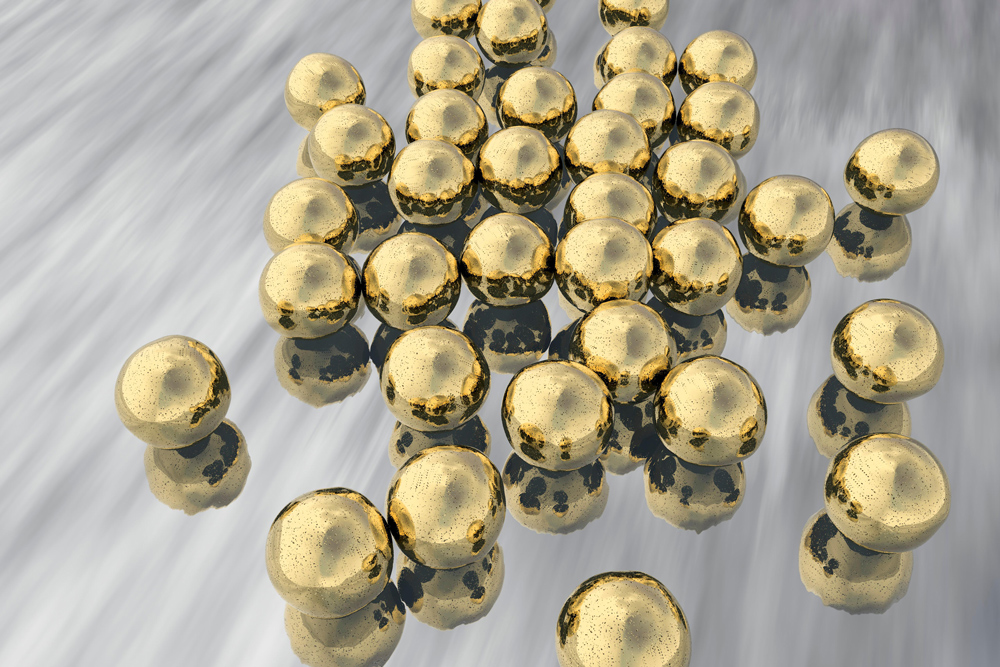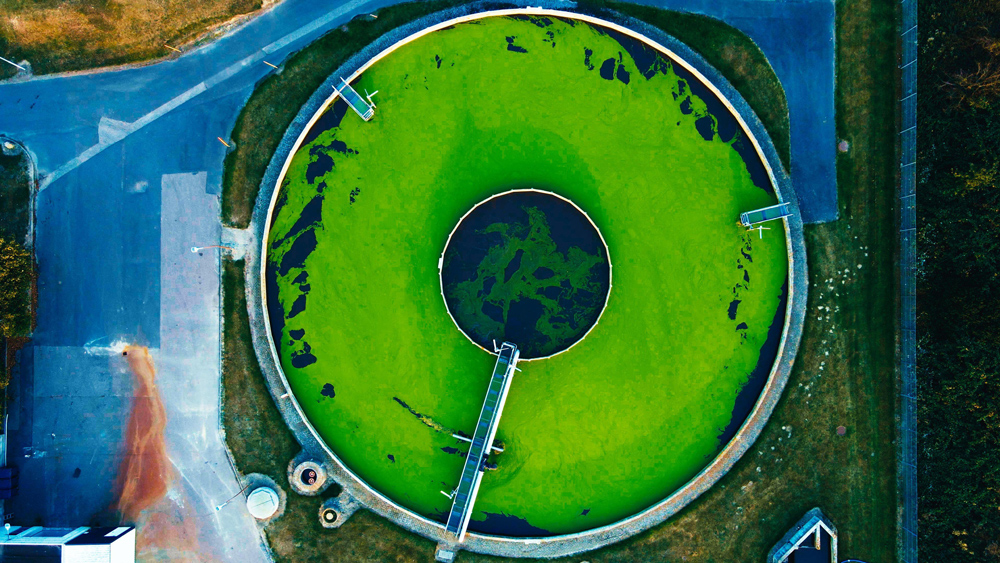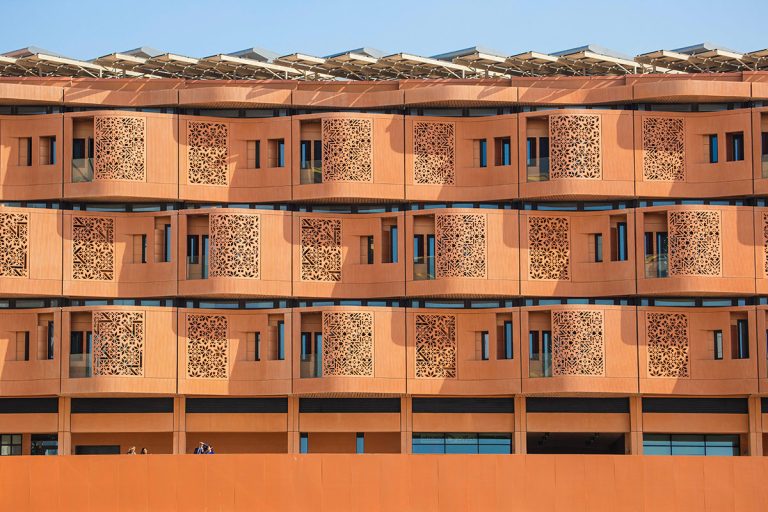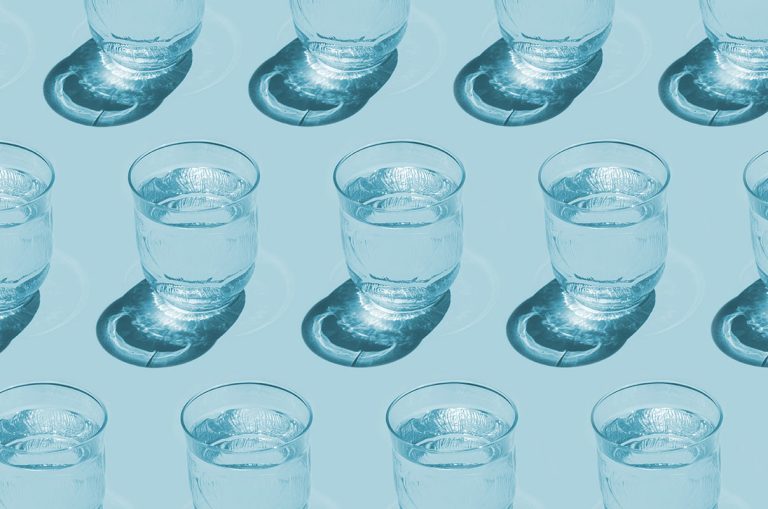Sustainable solutions to revolutionise wastewater management
A pioneering method of fabricating a catalyst used to remove toxic chemicals from effluent could contribute to sustainable technologies for wastewater management.
With the rising threat of climate change, effective water management is critical for nations to thrive. This is particularly true for an arid country such as the United Arab Emirates, where developing sustainable and eco-friendly methods for treating and reusing wastewater is essential to overcoming water security challenges. Wastewater management research is a key priority at Khalifa University, where scientists are applying cutting-edge chemistry and nanotechnology in fresh imaginative ways to remove toxic chemicals from industrial effluent, paving the way for sustainable water management solutions.
A vision of sustainability
“Sustainable, green wastewater treatment technologies will play a vital role in meeting our nation’s challenges,” says Fawzi Banat, Chair of the Department of Chemical Engineering at Khalifa University. “Developing efficient and cost-effective solutions for treating wastewater and reusing both the water and its components for various purposes, will provide a secure basis for future growth and development,” he adds.
To improve sustainability, wastewater treatment approaches must be optimized to reduce energy consumption and carbon emissions.
“Developing efficient and cost-effective solutions for treating wastewater and reusing both the water and its components for various purposes, will provide a secure basis for future growth and development.“
“The effectiveness of sustainable treatment approaches also depends on the specific characteristics of the wastewater being treated, and further research is needed to optimize processes that are tailored to the UAE’s unique conditions,” notes Salma S. Syed, a researcher in the same department.
The UAE is testing green wastewater initiatives — including membrane bioreactors, constructed wetlands, and microbial fuel cells — that will help treat wastewater sustainably, according to Banat. “These initiatives aim to contribute to the country’s sustainable development while addressing water scarcity and environmental pollution challenges,” he explains.
A ‘one-pot’ stop for hazardous substance removal
One of the primary objectives of wastewater treatment technologies is to prevent the release of hazardous chemicals that would otherwise end up in soils, rivers and seas. One such toxic pollutant is 4-nitrophenol, a potent substance that is primarily used as a pesticide and is frequently found in industrial effluent.
“If not properly treated, 4-nitrophenol pollutes water courses, resulting in catastrophic effects on aquatic organisms by triggering a drop in dissolved oxygen levels and promoting algal growth,” explains Syed. “Exposure to 4-nitrophenol can also elicit toxic effects on plants, land animals, insects and birds. We must take appropriate measures to prevent its release into the environment and treat contaminated areas effectively,” she says.
One way of degrading 4-nitrophenol in wastewater is to use gold nanoparticles as catalysts, but to be green their synthesis must be as environmentally friendly as possible. Syed and co-workers recently published pioneering results from a study that introduced a sustainable ‘one-pot’ method for generating uniform, stable gold nanoparticles. Their process uses an unexpected ingredient as a natural reducing agent to form the nanoparticles:an extract from the leaves of the olive tree Olea europea. The extract offers an eco-friendly alternative to conventional chemical-reducing agents.
“We chose olive leaf extract due to the plant’s abundance, availability, and cost-effectiveness,” says Syed. “The extract is rich in various compounds including phenolic acids, flavonoids, and oleuropein, which possess antioxidant properties that facilitate the reduction of gold ions to form nanoparticles. The extract also helps prevent the nanoparticles from clumping together, which would render them unusable,” she explains.

Various parameters were manipulated to optimize the process, including altering pH, temperature, and reaction time. The final method proved to be rapid and efficient, yielding stable, easily reproduced nanoparticles with enhanced catalytic activity.
The team then ran experiments to test the ability of the synthesized nanoparticles to degrade 4-nitrophenol. They created a photocathode that generates and transfers electrons upon light exposure. This method, known as photoelectrocatalysis, not only degrades organic compounds but also generates electrical current that can power electrochemical reactions to further enhance the degradation process.
“Photoelectrocatalysis surpasses other ways of reducing organic compounds in wastewater because it enables a more efficient electron transfer and can selectively target particular organic pollutants,” notes Banat. “Our gold nanoparticles exhibited remarkable catalytic efficiency and activity in reducing 4-nitrophenol under UV light irradiation.”
Banat’s team also discovered that by using the olive leaf extract, scientists could manipulate the size, shape and other properties of the gold nanoparticles. “This is pretty exciting. It means we could produce nanoparticles with adjustable properties for various applications in biomedical, catalytic, and sensing fields,” Banat says. “We will certainly be pursuing our research and exploring the full potential of this green synthesis method.”
Reference
- Syed, S.S. et al. Rapid biosynthesis and characterization of metallic gold nanoparticles by olea europea and their potential application in photoelectrocatalytic reduction of 4-nitrophenol. Environmental Research (2023). | Article




